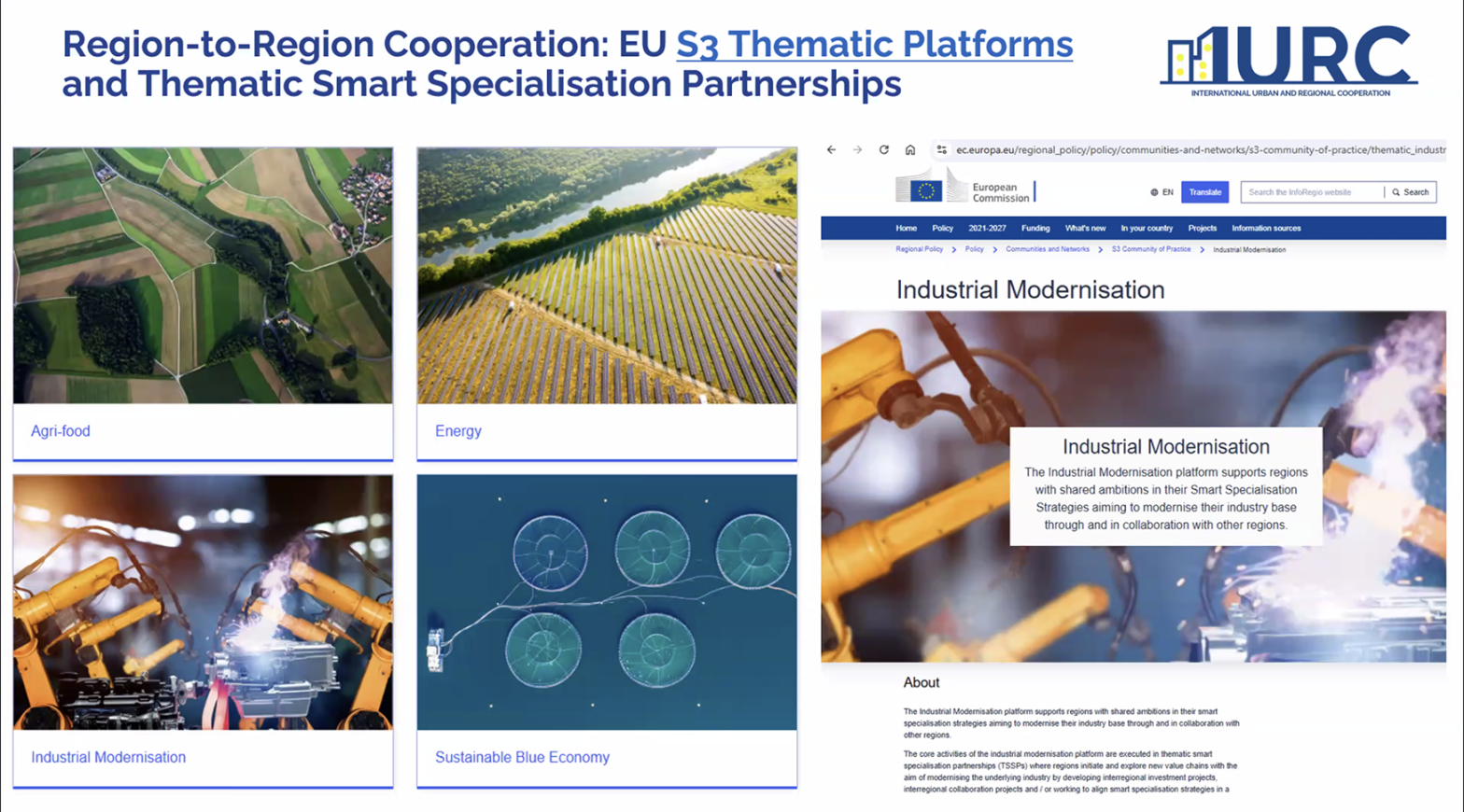On 16 September 2025, 54 leaders and technical experts from 14 regions across Australia, New Zealand, Japan, and Europe convened for the first session of the IURC AA Region-to-Region Cooperation Program, focusing on agrifood innovation and industrial modernization. In the current phase, IURC pilot regions from the EU, Australia, New Zealand, Japan, Korea and Latin American countries will cooperate in 4 areas: agrifood innovation, industrial modernization, energy, and sustainable blue economy, with digital transformation and resilience and cross-thematic objectives. Yesterday’s discussions highlighted bold regional transitions, collaborative opportunities, and tangible projects—from Kyoto’s advanced food tech ecosystem to Gippsland’s shift to offshore wind energy and Sisak-Moslavina’s digital transformation in gaming and IT.
Thematic Landing
IURC Team Leader and moderator Pablo Gándara introduced the regional innovation component to participants in the new IURC phase (2025-2027). He underlined the importance of regional innovation in the EU cohesion policy and referred to earlier regional innovation exchanges with Brazil, China and Japan, within DG REGIO’s international cooperation framework. European regional innovation policy, he stated, has inspired many other countries, particularly through the “Smart Specialisation Strategies” approach, making Europe a key hub for experimentation and interregional learning. Pablo also introduced the selected EU regions, emphasizing the excellence of their applications, the sound geographic balance within the EU, and the good mix of regions in terms of innovation leadership (see EU Regional Innovation Scoreboard). IURC country coordinators Prof. Bruce Wilson, Prof. Paul Dalziel and Prof. Hidefumi Imura introduced the selected non-EU regions from Australia, New Zealand and Japan, respectively, mentioning their socio-economic and regional innovation background.
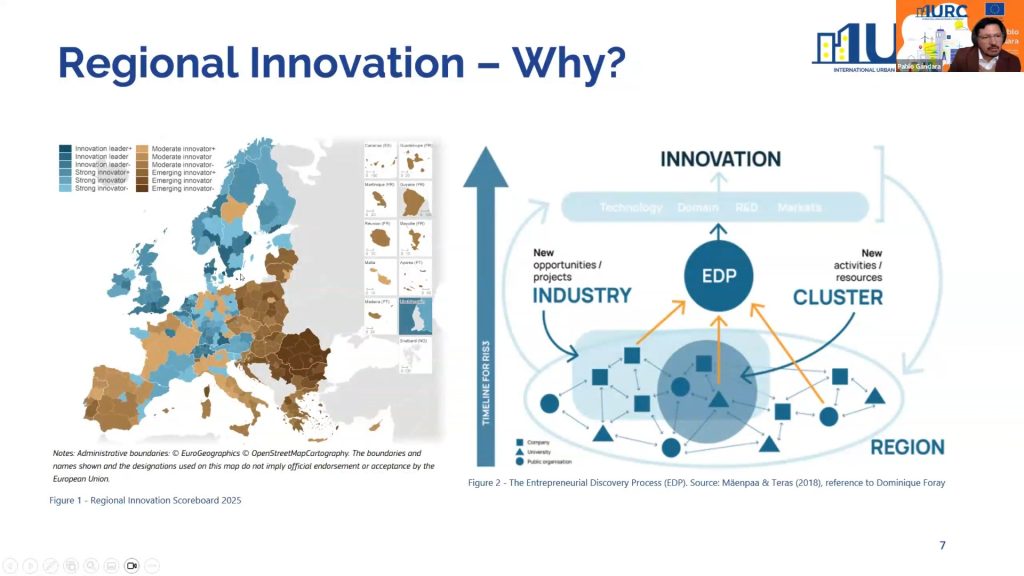
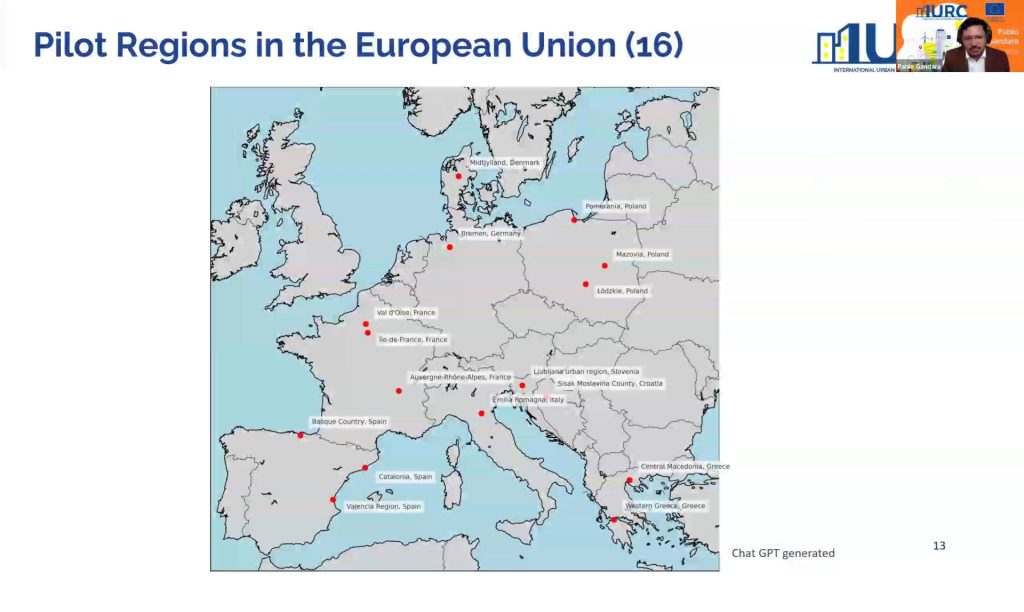
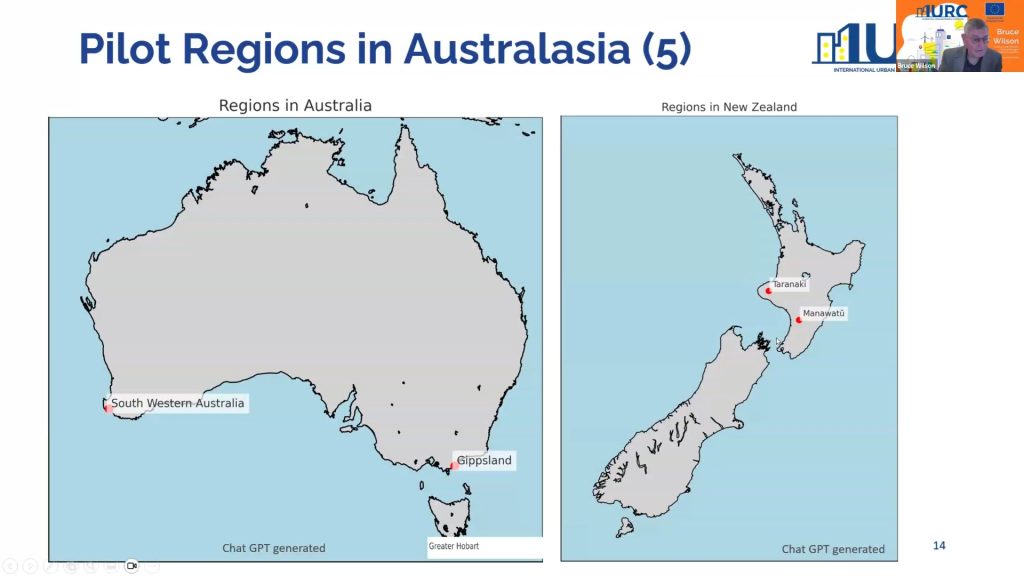
Key Highlights:
• Japan’s Ambition: Hiroshima aims to cultivate 10 unicorn startups in the next decade, while Aichi introduced its Station AI innovation hub, reinforcing Japan’s role as a global leader in technology and industry. Kyoto’s Kansai Science City is home to many universities, as well as research institutes and
companies in fields such as robotics, ICT, and decarbonization.
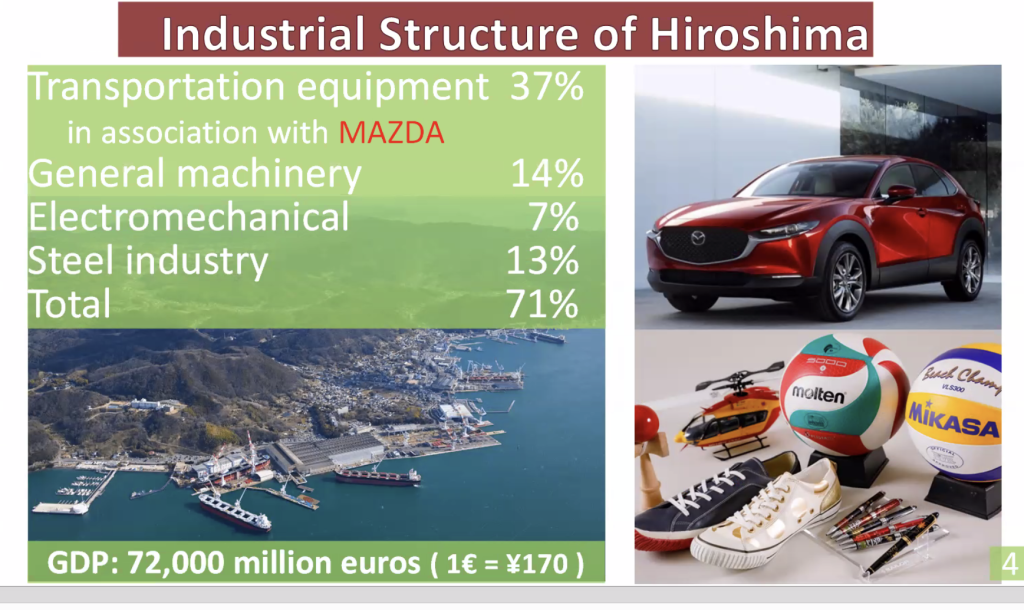
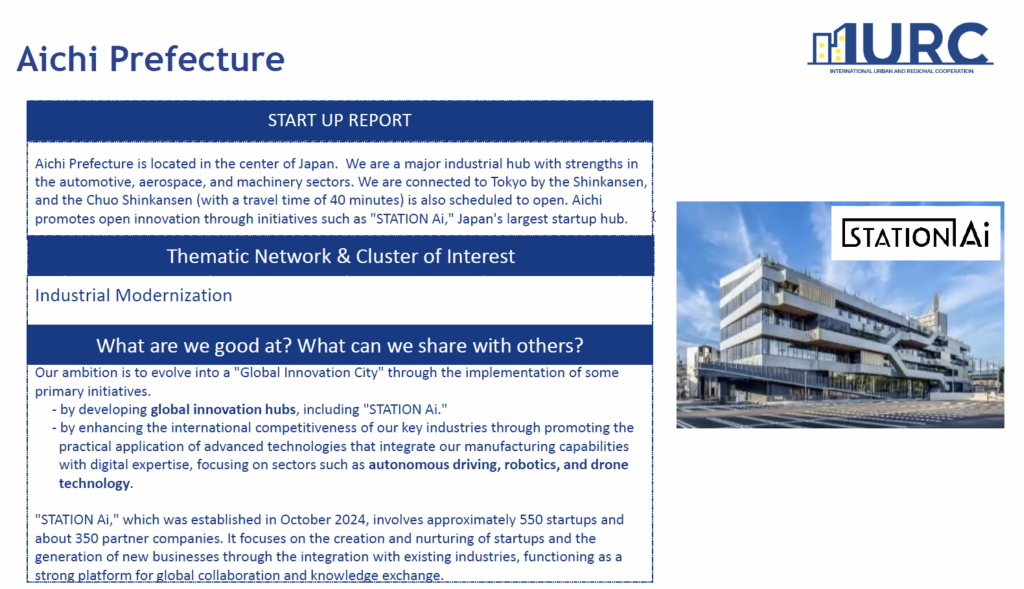
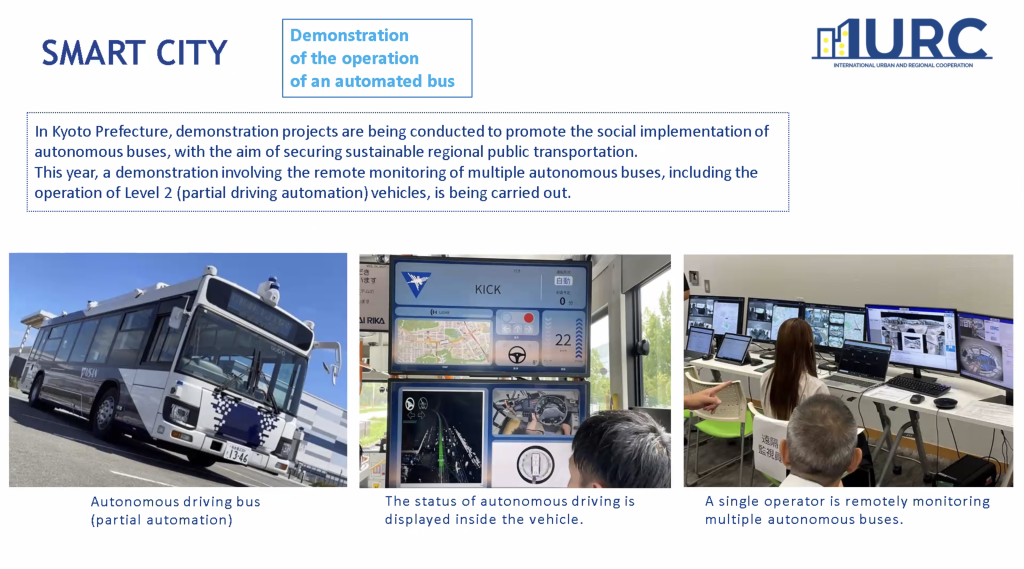
• Australia’s Transition: Collie shared its $670 million just transition plan, moving from coal to green industries like graphite, magnesium, and green steel
—a model for economic resilience. Councillor Hersey – representing OneGippsland, a network of 6 municipalities in Victoria State – introduced the coal transition to renewable technologies (including Australia’s first offshore windpark).
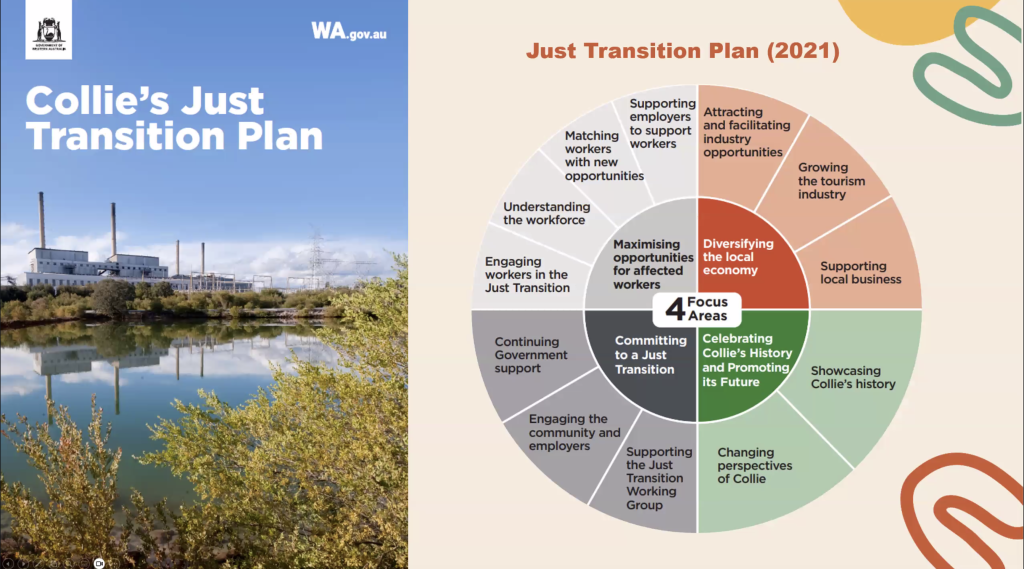

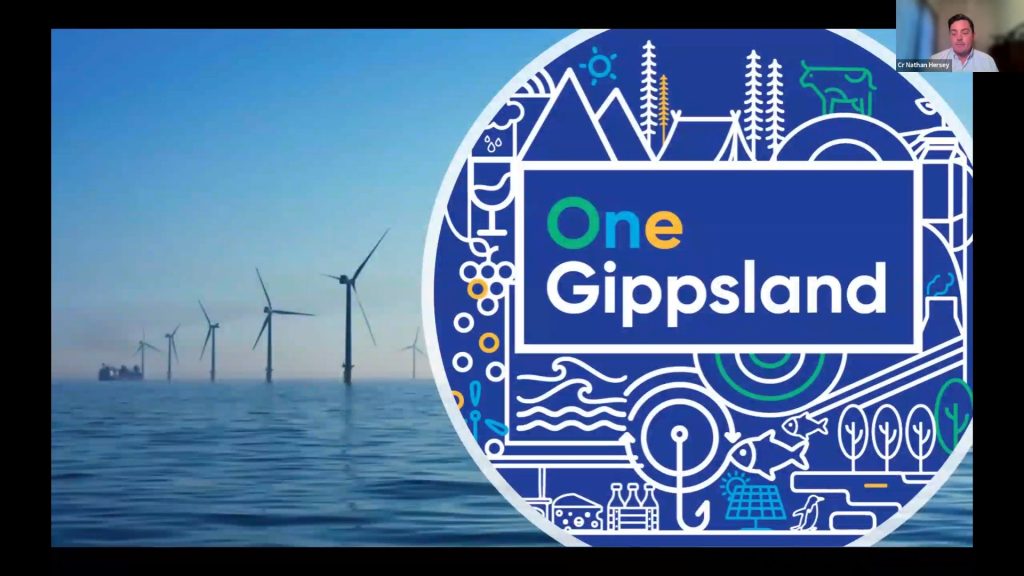
• Europe’s Leadership: Val-d’Oise (France) and Mazovia (Poland) emphasized strengths in aeronautics, circular agri-food systems, and smart cities, positioning Europe as a key partner in sustainable development. Western Greece, assigned “Regional Innovation Valley” in 2024, is looking to partner with other regions in the digital transformation of the CCI sector and the broad cultural heritage sector.
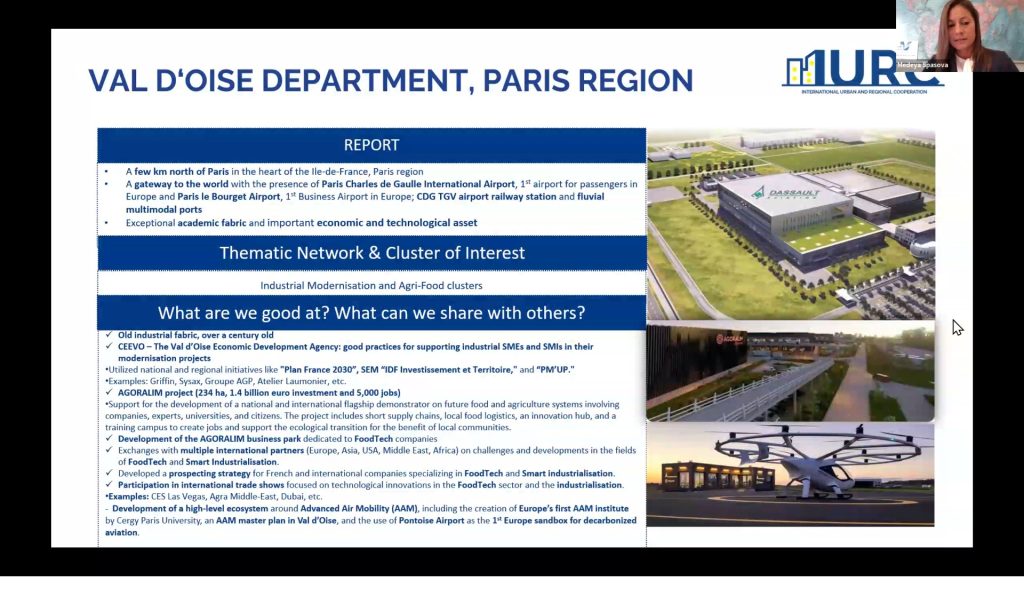
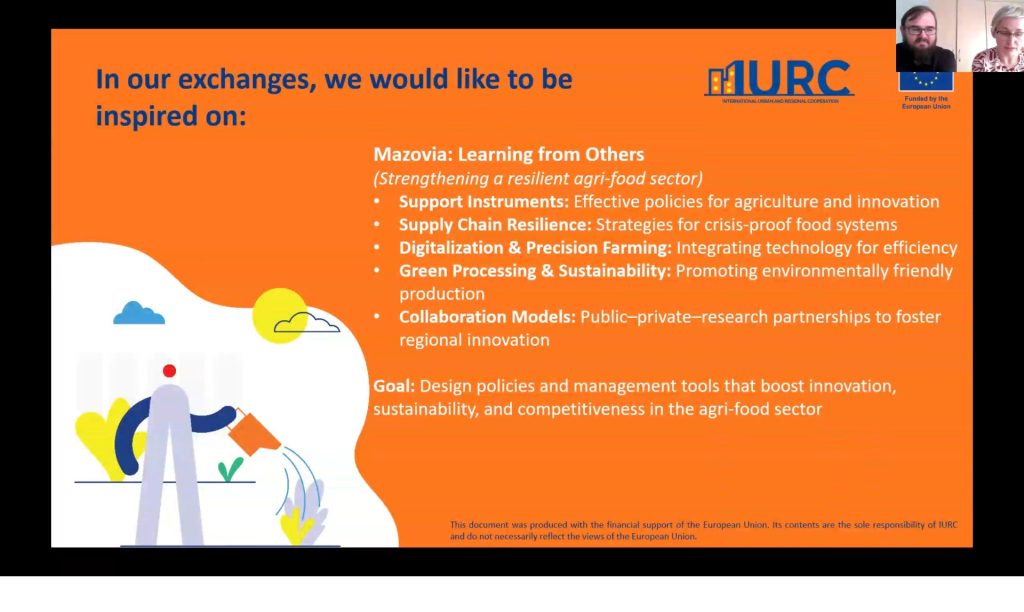
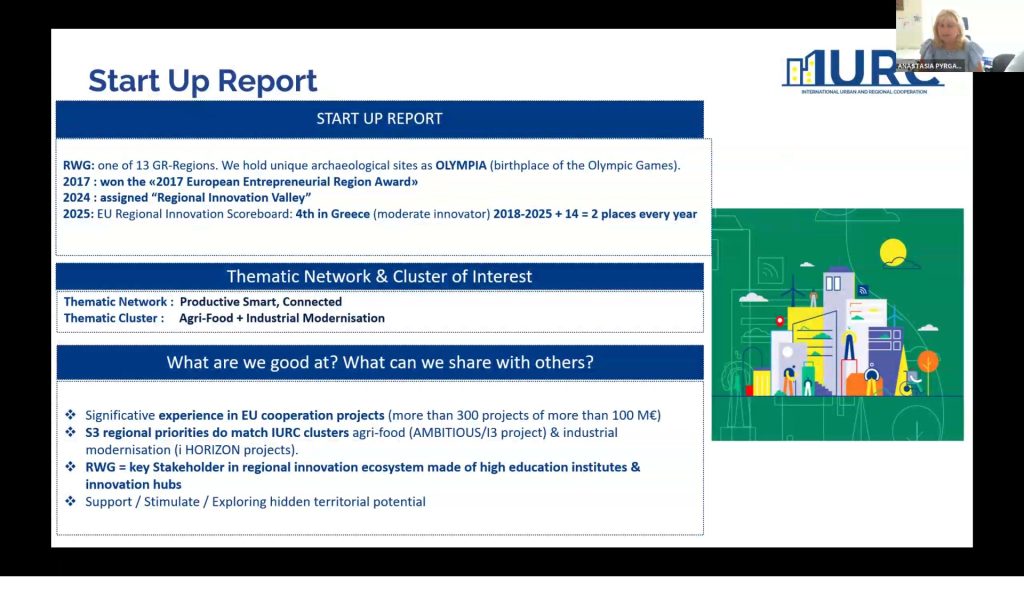
Innovation Spotlights from Europe and New Zealand:
• New Zealand’s Manawatū presented AI-driven crop suitability maps to enhance agrifood productivity.
• Croatia’s Sisak-Moslavina showcased its transition from heavy industry to a thriving gaming and IT sector, reducing unemployment through digital innovation.
• Basque Country’s BuildInn Cluster (Spain) and Italy’s Emilia-Romagna highlighted circular economy models as drivers of industrial modernization.
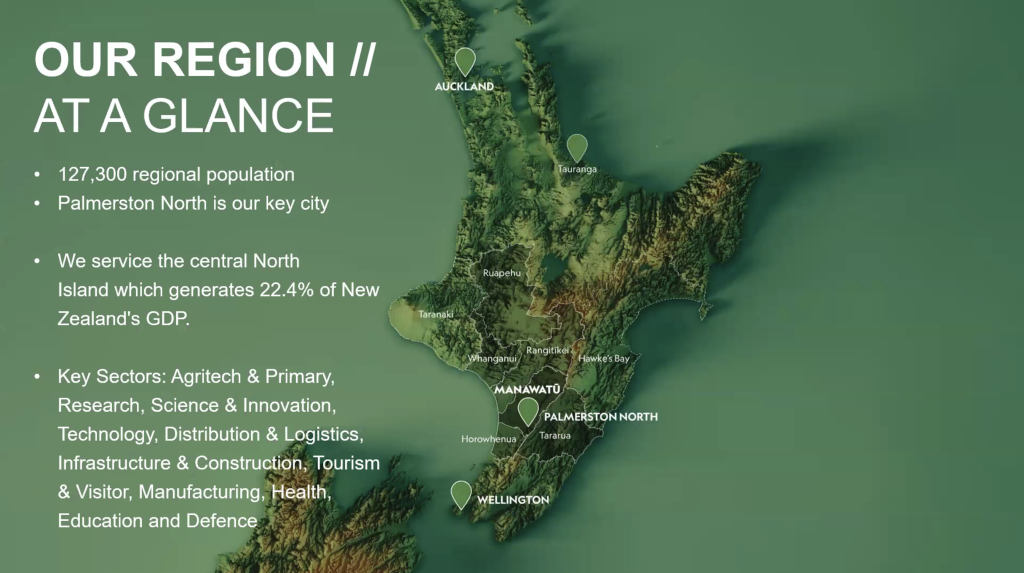
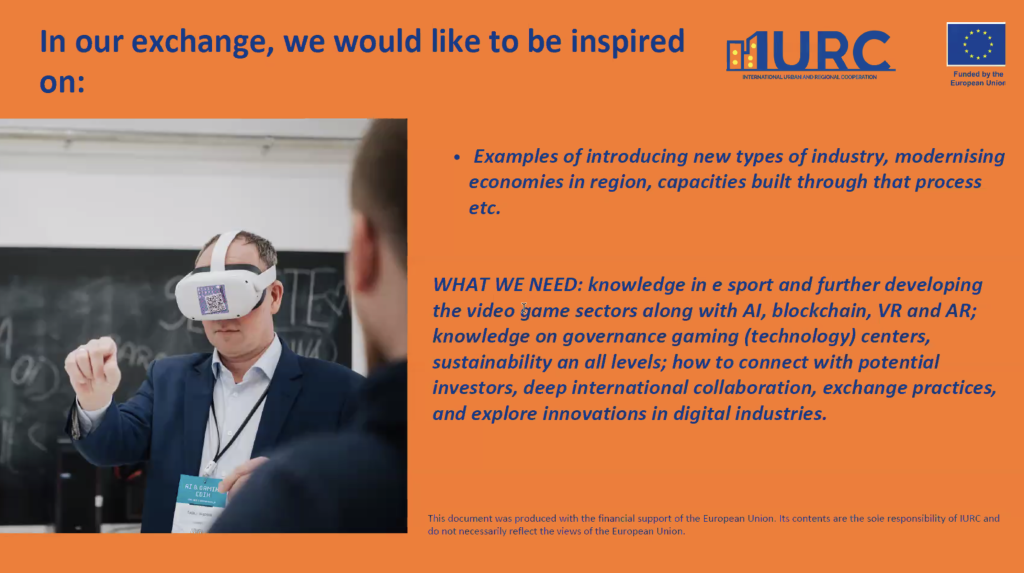
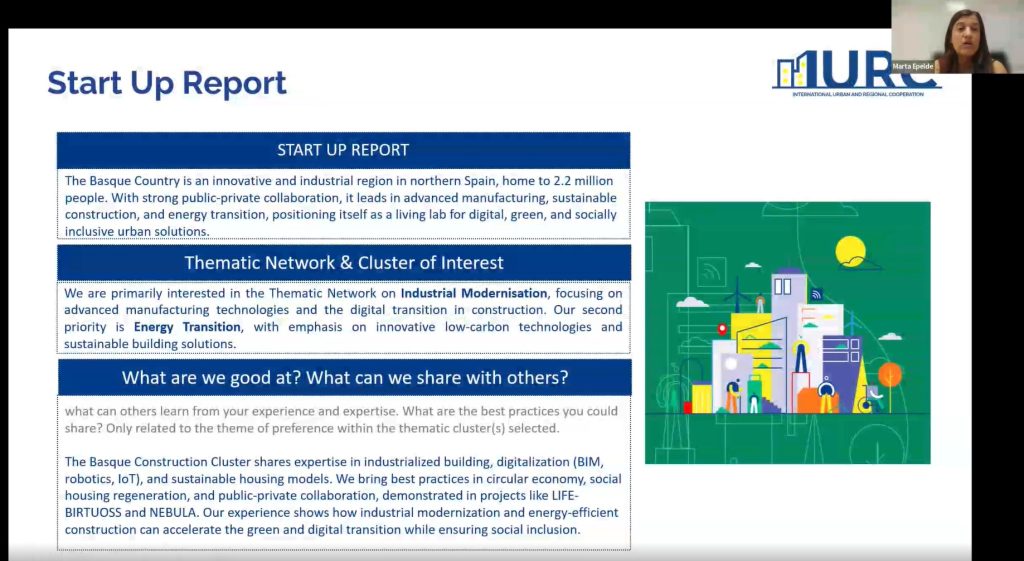
Innovation Ecosystems: Agrifood, Smart Production and EU Partnerships
With a strong industrial base and rich agricultural heritage, Central Macedonia excels in food processing, textiles, chemicals, and machinery. The region turns knowledge into innovation and experience into solutions that inspire progress globally. With a highly skilled workforce and research institutions, Ljubljana has a strong innovation ecosystem, focusing on smart industry. Future pathways for development include the transition towards greener production models with a focus on resource efficiency. Pablo Gándara encouraged pilot regions to leverage the existing resources made available by the European Commission, especially the S3 CoP Observatory, including its thematic partnerships.
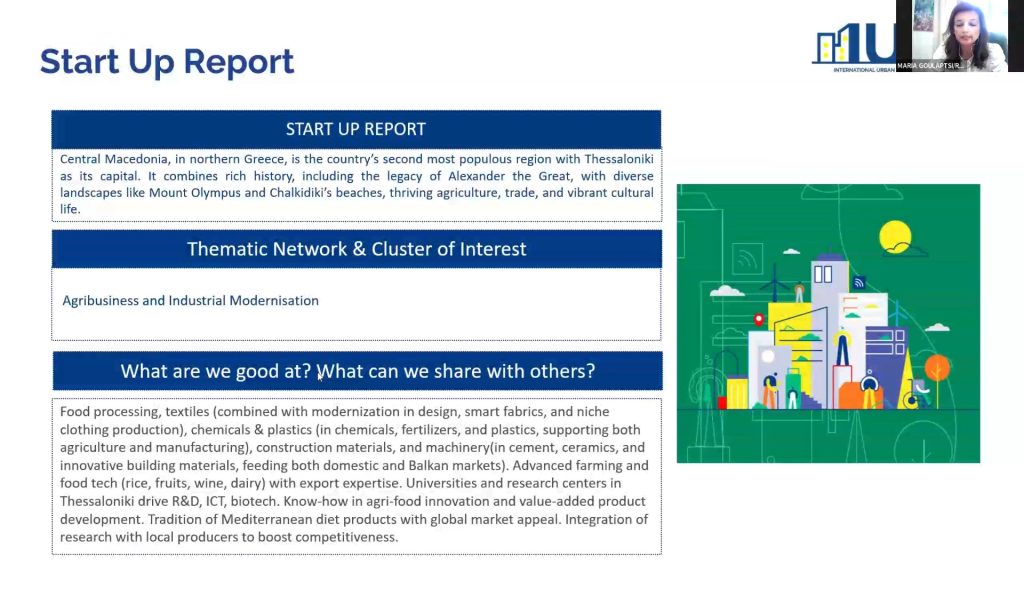
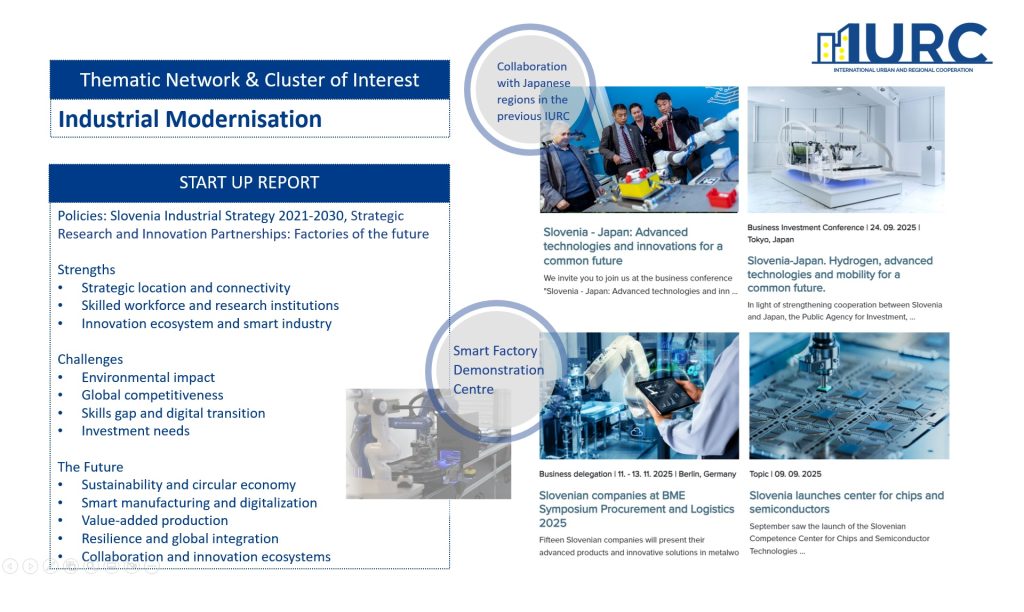
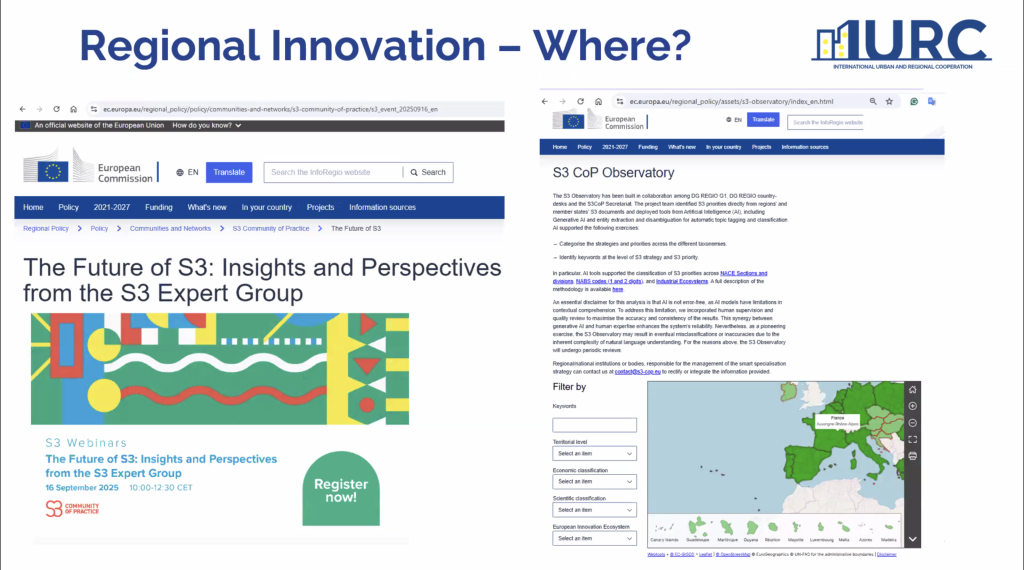
Next Steps:
• 23 September 2025 (09:00 CET): The next session will focus on Clean Energy and Blue Economy, featuring regions like Taranaki (New Zealand), Jeju-do (South Korea), and Catalonia (Spain).
• Deadline Extension: Pilot regions must submit delegates’ details by 22 September 2025 (previously 15 September).
Why This Matters
This initiative is more than an exchange of ideas—it’s about forging partnerships to address global challenges through regional innovation. From Japan’s startup ecosystem to Europe’s smart specialization strategies and Oceania’s energy transition, the focus is on collaboration as a catalyst for progress.
Which regional initiative resonates most with your work? Share your thoughts in the comments or reach out directly to explore potential collaborations.
